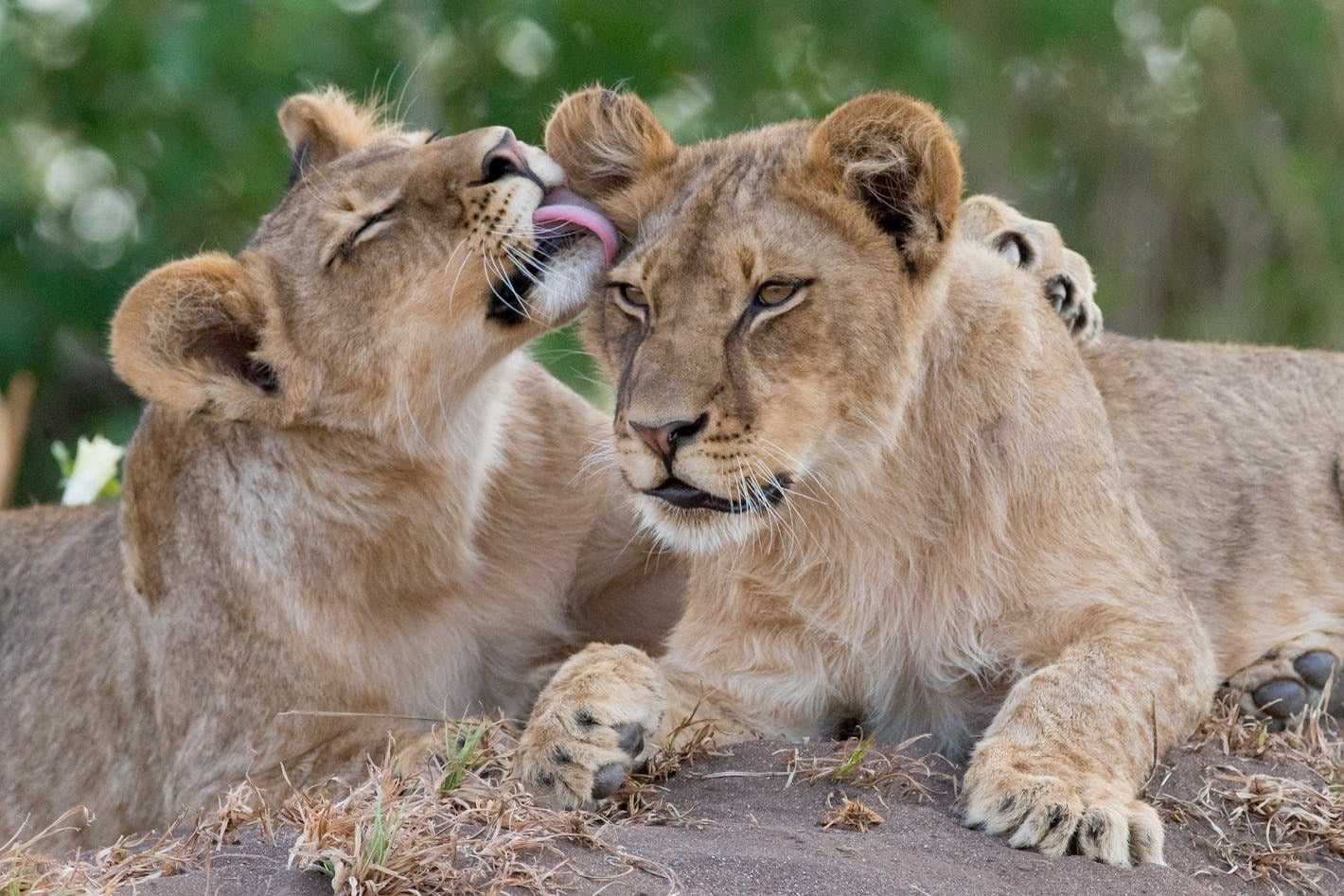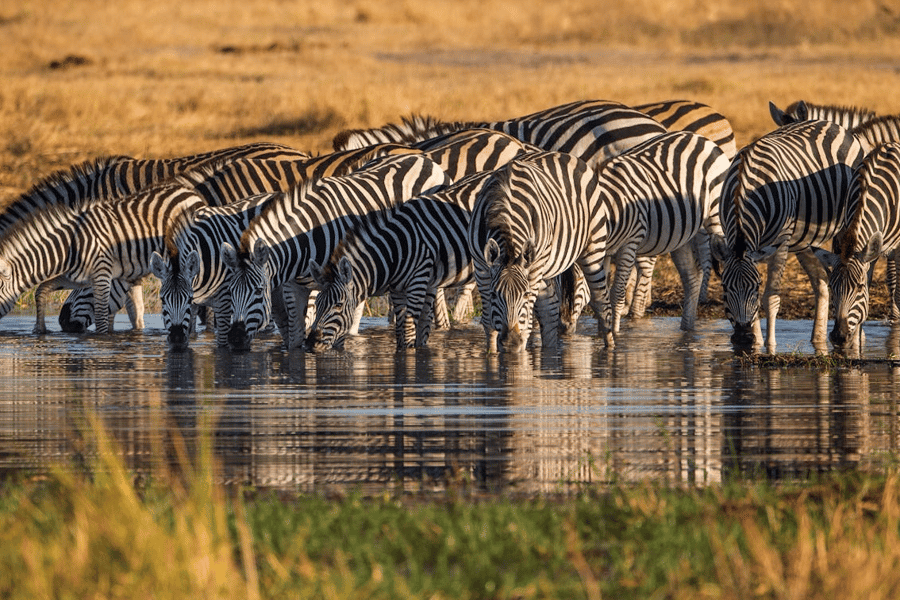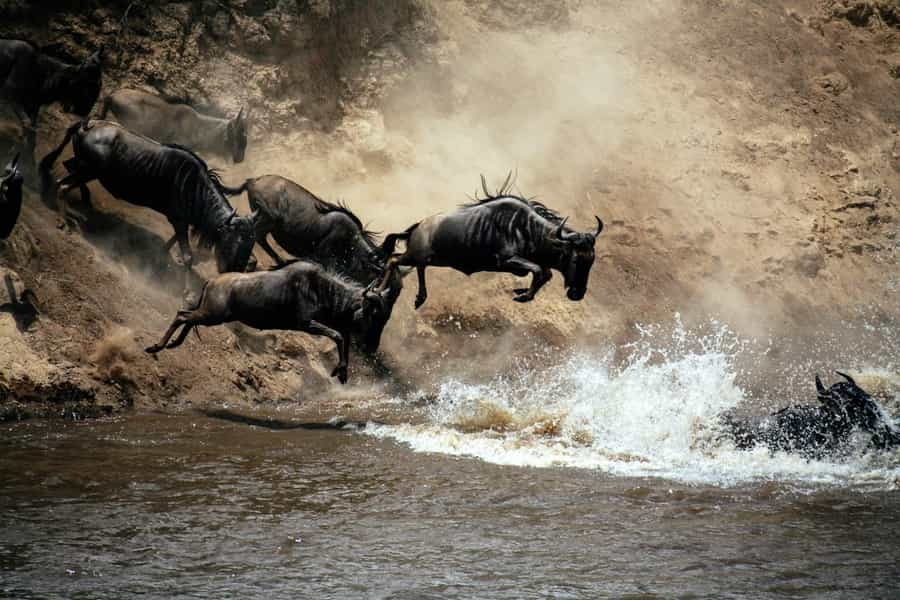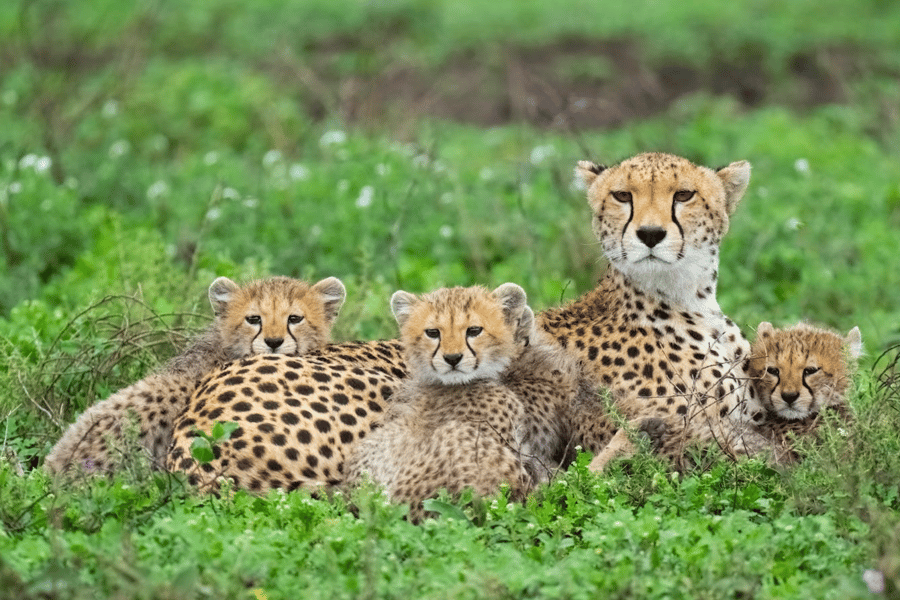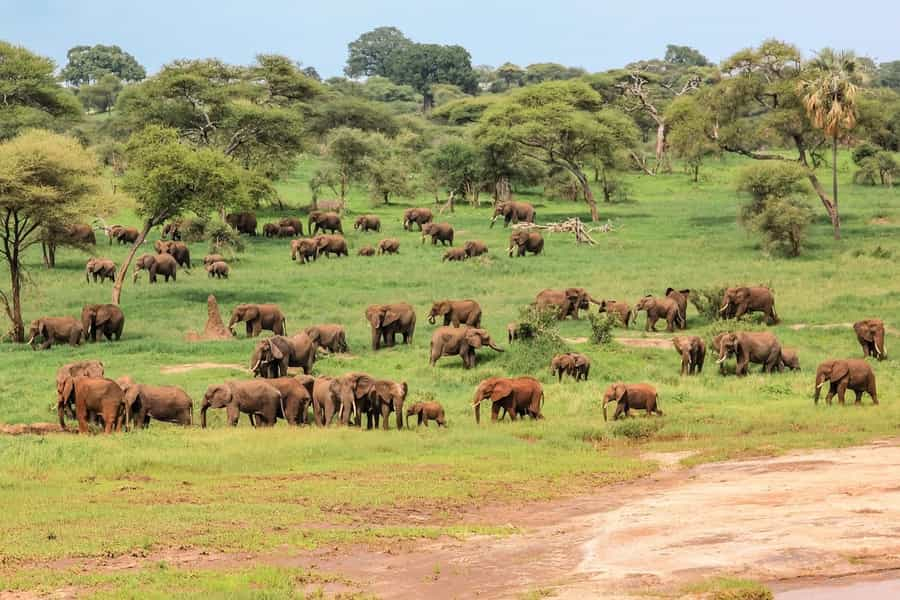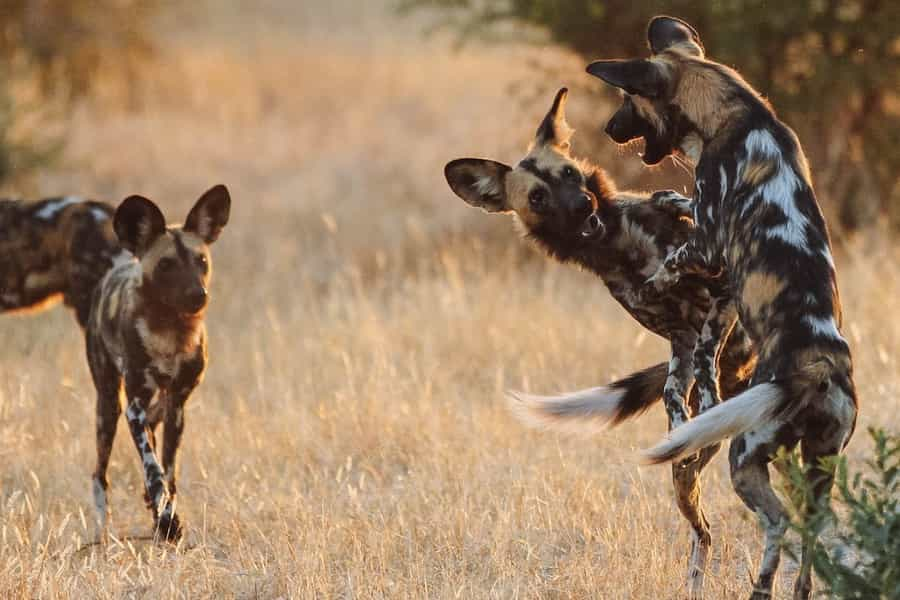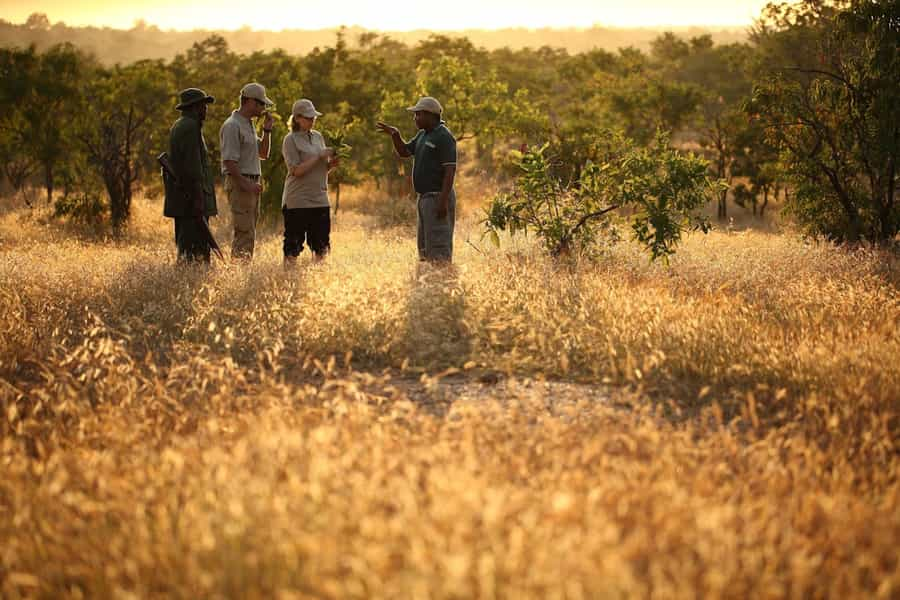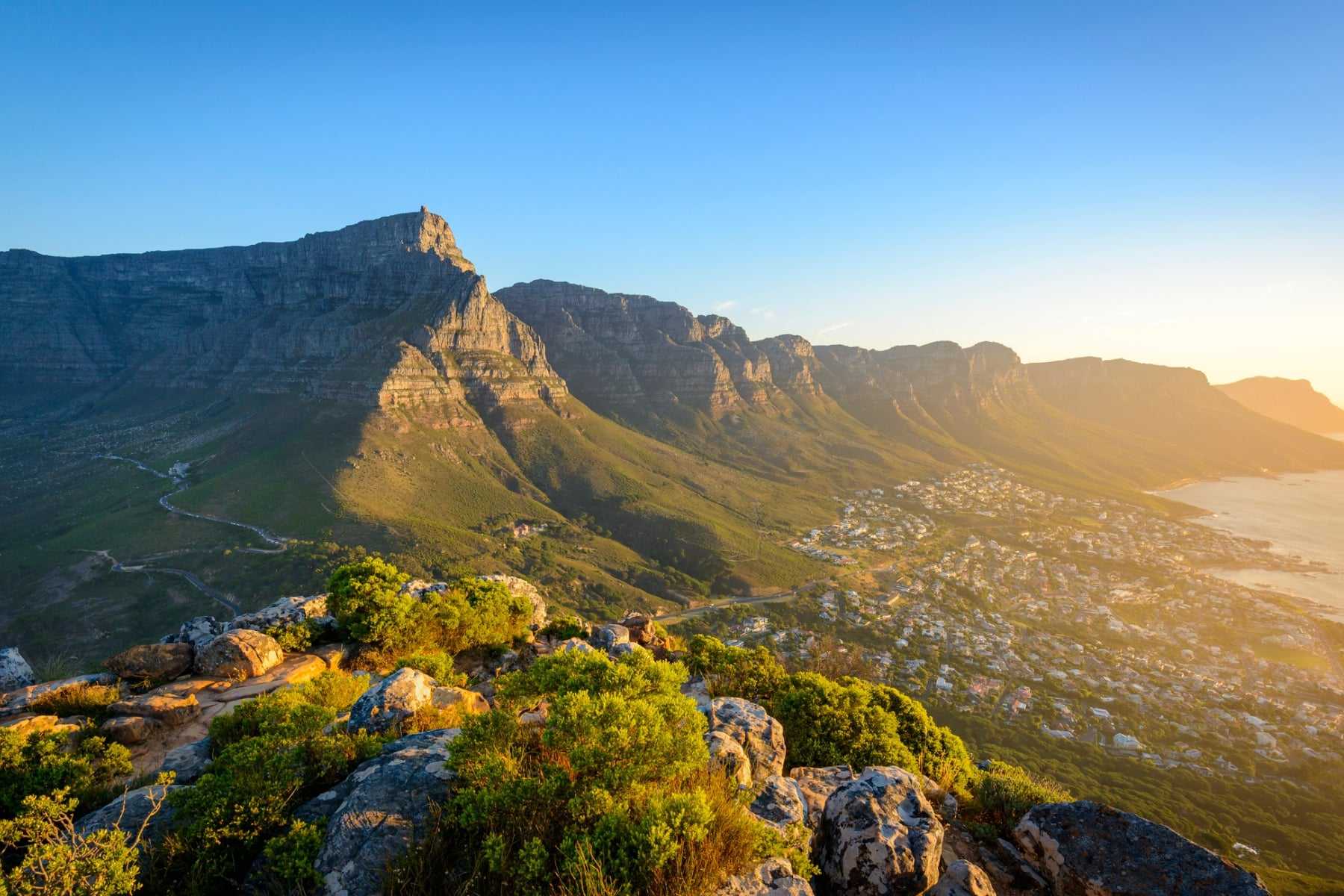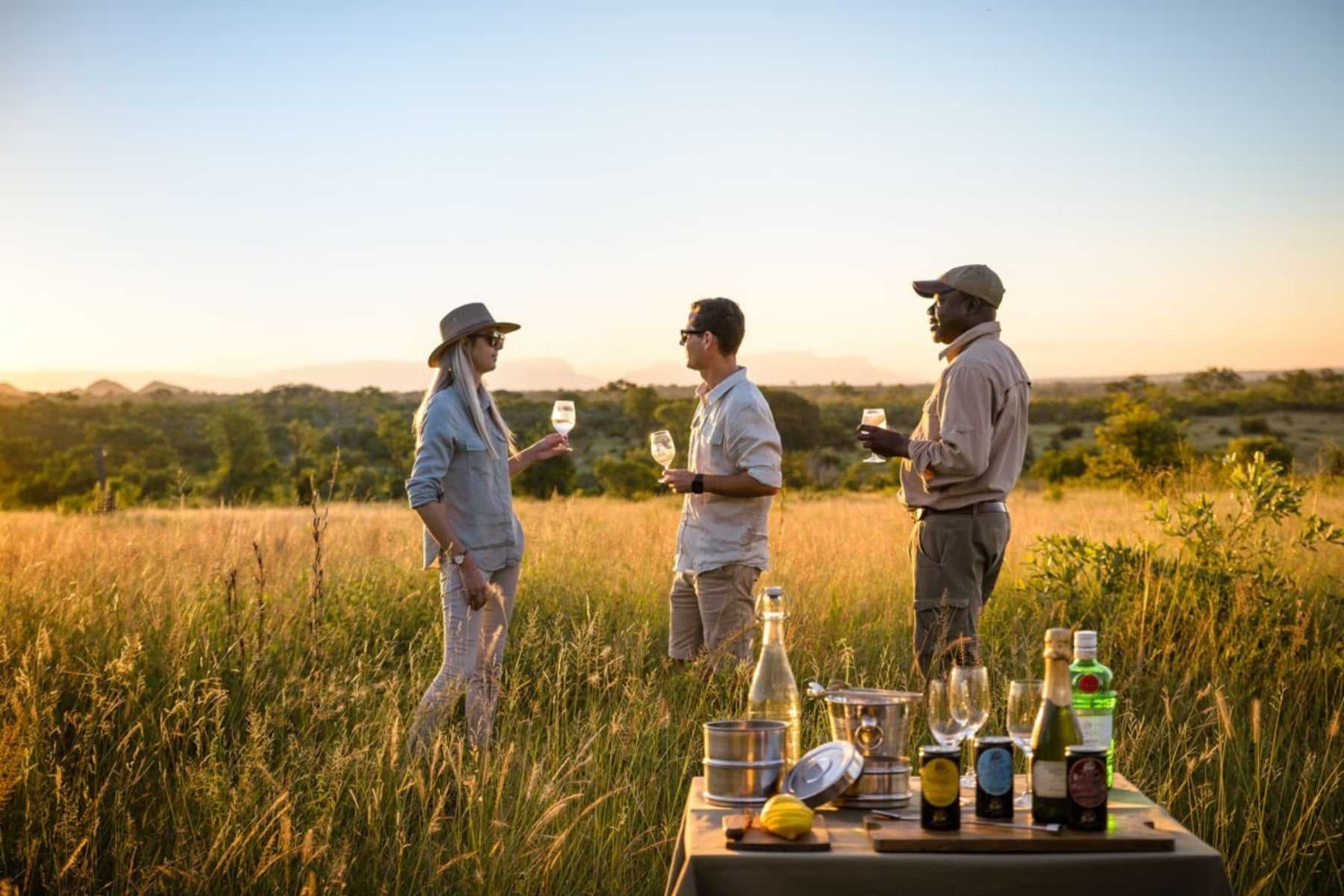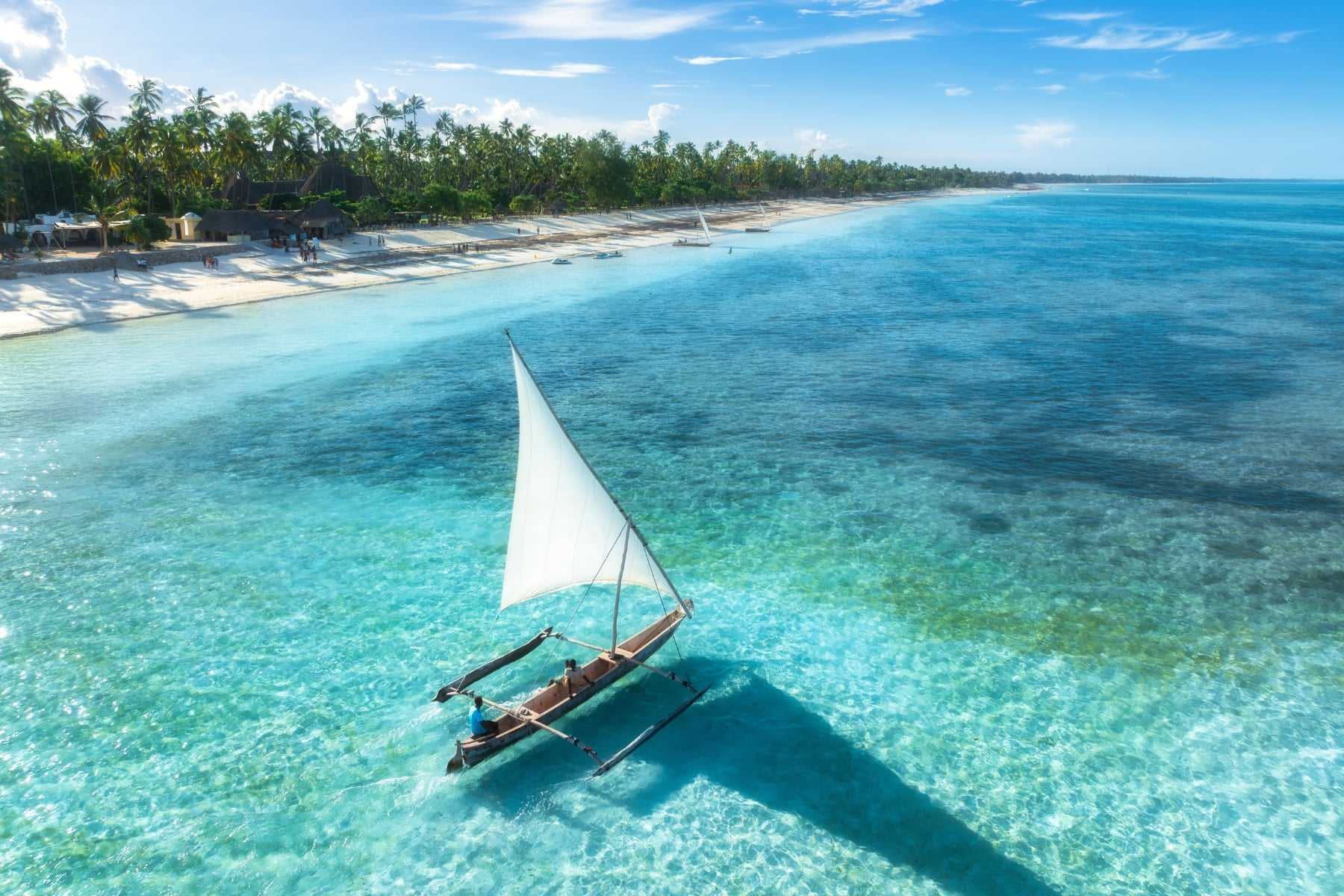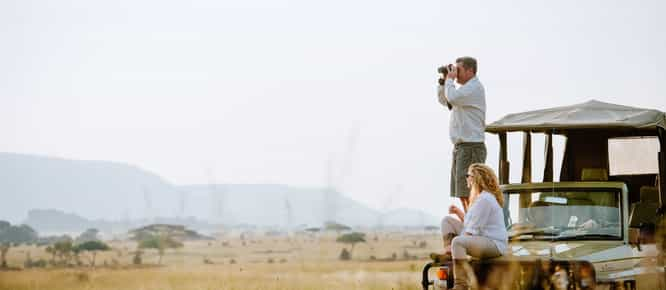The best national parks in Tanzania
If you were to ask any one of our Timbuktu travel experts to list their favourite countries for a safari, many of them would put Tanzania somewhere close to the top. It’s one of the most iconic countries on the African continent, a land of vast, golden grass plains, phenomenal wildlife, and awe-inspiring natural spectacles (who hasn’t heard of the Great Migration?). Add to that a balmy Indian Ocean coastline and a smattering of islands, beautiful lakes, and the highest mountain on the continent, Mount Kilimanjaro, and Tanzania is an all-round fabulous destination for any type of trip.
But with a grand total of 22 national parks across the country, there are lots of decisions to be made when choosing where to go. From the world-famous Serengeti National Park to pocket-sized Lake Manyara as well as the stunning southern parks of Ruaha and Nyerere – and plenty more in between – each national park in Tanzania is unique and offers something slightly different for potential visitors. One thing’s for sure though, and that is that each and every park provides an opportunity to spot some of the world’s most renowned wildlife species, from lion to leopard and elephant to buffalo. It’s no wonder that people from all across the world visit every year to enjoy these protected spaces.
The options are all enticing and whichever of Tanzania’s national parks you choose, your Timbuktu travel expert will help you to plan the trip that’s just right for you, your interests and safari style. For now, this handy guide is an introduction to the best national parks in Tanzania and will hopefully help you decide which are best suited for you.
Where to begin when choosing a Tanzania national park?
To help you decide which national parks in Tanzania you would like to explore, it’s a good idea to think about whether you would like to visit the north or the south of the country – or perhaps a different area entirely. It is most certainly possible to combine different areas of the country in one blockbuster safari; this is simply a chance to explain how the national parks of Tanzania fit together and the most popular routes.
The north of Tanzania
Tanzania’s northern circuit is the most famous ‘route’ for safari-goers and incorporates the Serengeti National Park, Tarangire National Park, Lake Manyara National Park and the Ngorongoro Crater. It may sound like a lot of places to visit but these national parks are relatively close together (in African terms!) and are easy to travel between, making for an all-encompassing and very memorable trip. Another plus of the northern circuit is the ability to drive between the parks with your very own driver and guide. There aren’t many places on the continent where this is possible and it’s a unique and enjoyable experience.
The northern circuit is the stomping ground of the Great Migration, the natural migration of millions of wildebeest across the Serengeti-Mara ecosystem. The parks up here also have some of the highest concentration of predators in Africa. It is an absolutely phenomenal wildlife destination, brilliant for first time visitors, and provides real, bucket-list game viewing opportunities.
However, such popularity can be a downside in terms of visitor numbers. The northern parks are the busiest of Tanzania’s national parks and receive thousands of international travellers every year. But as with any destination, there are private spots and intimate lodges to be found, you just need to know where to look – and that’s where we at Timbuktu come in!
The south of Tanzania
The southern circuit of Tanzania is all about Ruaha National Park and Nyerere National Park (formerly the Selous Game Reserve). These two Tanzania national parks are often referred to as ‘quiet’ and whilst that may be true for the number of tourists, it’s certainly not the case when it comes to wildlife. Ruaha is home to 80 different animal species, including 10% of the world’s lion population, whilst Nyerere hosts good herds of elephant and buffalo and competitive clans of hyena. To steal a cliché, the southern circuit is far more ‘off the beaten track’ than the north and for many, this is the undeniable highlight of choosing to visit the south.
Driving between national parks in the southern circuit is not an option and instead, visitors fly in from Dar es Salaam. The cost of internal flights can be higher than in the north and you may travel further inside the parks to reach your chosen lodge, which will further contribute to costs. But for us, it’s a small price to pay for the feeling of being immersed in the bush, miles away from anyone else.
The west of Tanzania
The final addition to the list of Tanzania’s national parks are those in the west of the country: Katavi National Park and the Mahale Mountains. Safari aficionados head to these remote, off-the-beaten track parks for a truly unique experience. In Katavi, that’s being surrounded by hundreds of miles of pristine wilderness, mega herds of buffalo and almost no other visitors, and in the Mahale Mountains, it’s all about trekking with chimpanzees and swimming in the gin-clear waters of Lake Tanganyika. Flights to these tucked-away parks don’t come cheap and the logistics can be time-consuming but as we always say, when the destination is as good as this, the journey is worth it.
This is a short introduction to the differences between the northern, southern and western safari circuits and if you would like to read more, please check out our blog article. For now, back to the best national parks in Tanzania…
The Serengeti National Park
Covering a staggering 5,700 square miles of unfiltered wilderness, the Serengeti is undoubtedly one of Tanzania’s best national parks. It’s certainly the most famous and that is thanks to the herds of wildebeest of the Great Migration. The enormous herds of millions of wildebeest pass through the Serengeti and into Kenya’s Masai Mara on an annual journey of life or death. It’s a magnificent sight, possibly one of the best in the natural world, and draws many visitors every year.
Whilst the Great Migration has certainly put the Serengeti on the map as one of the best national parks in Tanzania, there is also an argument to say that if you took away the wildebeest, it would still be one of the finest game-viewing spots on the continent. The predator count is quite simply incredible and even if you’re not following the migration, you are almost certain to see big cats galore: lion, leopard and cheetah. Buffalo and elephant are also a common sight and the unique habitat of riverine forests is a favourite spot for hippos and crocodiles. You’ll also find giraffes and plenty of other ungulates like eland, zebra, topi, kongoni, impala and Grant’s gazelle. It is possible to spot the Big Five (elephant, buffalo, lion, leopard and rhino), however rhinos are becoming harder to spot. Your best chance is in the north of the park, along the edge of the Mara River. This guide to the wildlife of Serengeti will give you some more tips too.
When should I visit?
Generally speaking, the best time to visit the Serengeti is in the high safari season of June to September. This is also known as the dry season and you’ll be able to take advantage of the clear, sunny days when exploring. December to March is also a beautiful time to visit the southern plains when they are green and juicy. There is a little bit of rain around, but the crisp air and verdant surroundings more than make up for it. The park tends to be a little quieter at this time of year too, as many visitors choose to avoid the rains.
If you would like to see the Great Migration in the Serengeti, you will have to check to see which part of the Serengeti the herds are in when you plan to visit. The beauty of the migration is that the herds are constantly on the move and no matter what time of year you visit, you will be able to see them; you just have to choose the right location. The weather across the world has become increasingly erratic, however, and it can be hard to estimate how the wildebeest will move and react to the rains, but this blog article will give you a rough idea of timings and location.
The Ngorongoro Crater
Also in the northern circuit, the Ngorongoro Crater comes very high up the list when discussing the best national parks in Tanzania. The crater is part of the wider Ngorongoro Conservation Area (NCA), a region that is thought to be the seat of humanity following the discovery of the earliest known specimens of the human genus at the Olduvai Gorges. As a result, it has been given UNESCO World Heritage status and is one of the most important prehistoric sites in the world.
The Ngorongoro Crater itself is the world’s largest unbroken, unflooded caldera, created after a volcanic eruption and subsequent collapse of the volcano. The walls have, however, remained intact, creating a large ‘bowl’ full of nutrient-rich grass and plenty of wildlife. Most game drives begin on the rim of the crater – make sure you take a moment to admire the view across the crater, spread out before you in a tapestry of greens – and you’ll slowly wind your way down a steep descent to the crater floor. A dramatic start to any wildlife watching experience.
The scenery is very picturesque, but it’s the wildlife that really makes the Ngorongoro Crater stand out as one of Tanzania’s top national parks. Around 30,000 large mammals live inside the Ngorongoro Crater, including lion, cheetah, leopard, hyena, and jackal, while buffalo, zebra, and wildebeest enjoy the verdant grasses of the crater floor. Add to that a small population of black rhino and plenty of elephant and you can count the Ngorongoro Crater as a Big Five destination. Interestingly, there are no giraffe in the crater. One explanation for this is that the walls of the bowl are too steep making the descent to the crater floor an impossible task for the long-legged animals.
When should I visit?
As with the Serengeti National Park, the best time to visit Ngorongoro is during the dry season, between June and October. The temperatures are cooler, there is little chance of rain, and the thinner vegetation means the animals are generally easier to spot. On the either side of the scale, the green season – between November and May – can be a beautiful time to visit. Although you can expect some rain, it’s usually only an afternoon shower and the storms shouldn’t disturb your game viewing. During the green season you’ll enjoy vibrant colours, clear, crisp days and spectacular bird watching as the migratory birds arrive back.
Tarangire National Park
Tarangire is one of the lesser-known of Tanzania’s national parks but it’s a real gem. The landscape is more typical of the southern parks in Tanzania and is a combination of granite ridges, river valleys and swamps, and an abundance of enormous baobab trees. The sheer size of the park at 2,600 square-kilometres is also quite staggering, and you get a real feeling of space when you visit, especially if you journey to the more remote southern regions.
Wildlife-wise, Tarangire is one of the best places on the continent to see elephant, especially from July to November when approximately 3,000 of the magnificent pachyderms descend into the swamp system to find much-needed water in the peak of the dry season. Buffalo and lion are also common, and there are plenty of zebra, giraffe and other plains game. Wild dogs and leopard are present, but finding them can be tricky.
When should I visit?
If you can travel between July and October to see the elephant migration, it really is a phenomenal sight. It’s not just the elephants that are attracted to the waterholes either, and as the dry season progresses towards its peak in October, more and more animals congregate around any available water source making for fantastic game viewing. At this time, the big cats have a field day with their pick of the prey and the interaction between predator and prey is fascinating, if a little gory! In the green season (November to March), Tarangire is still a great national park to visit with reduced visitor numbers and excellent, money-saving deals available for accommodation. During the very wet months (March, April and May), you may find that some of the camps in the remote south are closed, but there are still some areas in the north that are accessible and will provide great game viewing.
Ruaha National Park
Moving down to Tanzania’s southern circuit, the first park on the list is Ruaha. It’s the second-largest national park in Tanzania and thanks to low visitor numbers, a safari here feels secluded and exclusive. The terrain is also dramatic and very photogenic – think rolling hills, stately baobab trees, and the Great Ruaha River running through it all – making it a popular choice for avid photographers.
Ruaha is also home to many wildlife species. Most famous is its remarkable population of lion, but there is also a very good chance of seeing wild dogs. There are also large herds of elephant and buffalo to be spotted, and cheetah and leopard too. Game drives cover a large amount of ground and are the best chance of finding predators, but walking safaris are also very popular in Ruaha and offer the opportunity to learn about the intricacies of the bush, from insects to dung and everything in between.
When should I visit?
The scenery and landscapes of Ruaha change dramatically between the dry and rainy seasons. When the rains arrive in November, the plains transform from golden to green, barren baobabs start to produce leaves and flowers, and dry sandy riverbeds run fast and deep towards the Great Ruaha River. The dry season is traditionally the best time to see the big cats as they gather around increasingly limited water sources, however January to March is a great time to see larger game like elephant and buffalo as they move across the plains in large herds. As with many other national parks in Tanzania, the birding in the green season is fabulous, with many migratory birds following the change in weather.
Nyerere National Park
The second of Tanzania’s southern national parks is Nyerere National Park, previously known as the Selous Game Reserve. It’s a vast, watery wonderland that is characterised by ribbons of lagoons, lakes and the mighty Rufiji River. As might be expected, boating safaris are a big deal here and you can float up and down the waterways, spotting hippo and crocodile in the water and elephant and zebra on the banks. And where there are herbivores, there are predators and you’ll likely see impressive numbers of big cats stalking their prey up and down the banks of the rivers. Other top wildlife sightings include sable antelope, Lichtenstein’s hartebeest, greater kudu, eland and, excitingly, one of the largest populations of wild dog in Africa.
Birders will also enjoy the species on show in Nyerere with approximately 450 to spot! Unsurprisingly there are plenty of waterfowl – ducks, geese, pelicans, spoonbills and kingfishers to name a few – and plenty of raptors too, including eagles, vultures, hawks, harriers, buzzards, kites and osprey. The secretary bird hunts on foot and there are also lovebirds, parrots, cuckoos and bee-eaters to add to the list.
When to visit
Nyerere is another Tanzania national park that is best visited in the dry season, from roughly July to October. At this time, the game is congregated around the river making it easy to spot – and boating safaris are a real delight. Of course, if you visit during the green season (November to May), there is still plenty of game, it’s just much more spread out and a little harder to spot. Conversely, the January to March period is the best for birding, so if this appeals, you know when to go.
This is only a snippet of the wonders of Tanzania’s national parks and there is so much more to learn, divulge and discover. If you are interested in visiting the country – and perhaps even tying in some time at the beautiful Indian Ocean coastline – please get in touch and one of our Timbuktu experts will be happy to help. Together, you will find the Tanzania national park that suits you best!
